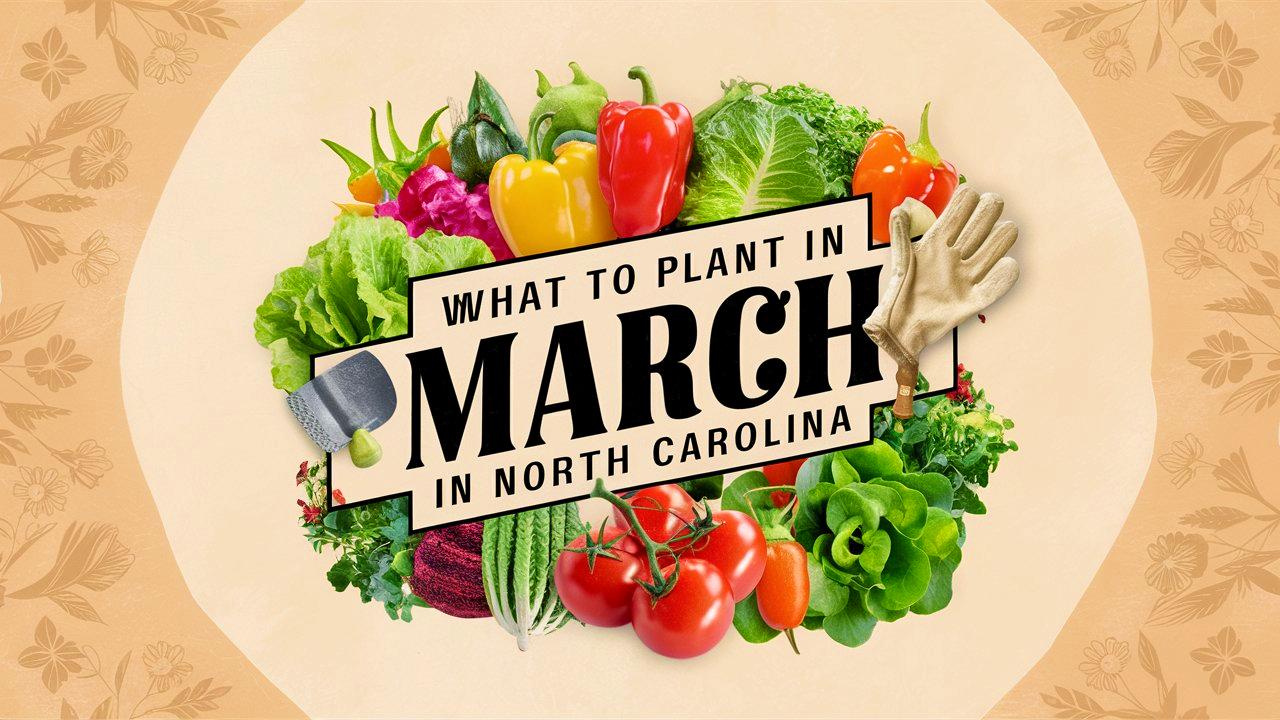March marks a wonderful time for gardeners in North Carolina, as it signals the awakening of spring and the opportunity to introduce a wide variety of plants into the soil. With the state’s diverse climate, spanning USDA Hardiness Zones 7a to 8b, it offers unique growing conditions that support a plethora of vegetables, flowers, herbs, and landscape plants.
In this guide, we will dig into the best plants to sow in March, organized into four main categories: vegetables, flowers, herbs, and landscape plants. Each section will provide specific insights regarding each plant’s temperature tolerance and optimal planting period.
Vegetables To Plant
Planting vegetables in March is an exhilarating experience for any gardener. The warming soil temperatures and increasing daylight hours help seedlings thrive. Here are ten vegetables that are ideal for planting in North Carolina during this time:
Lettuce
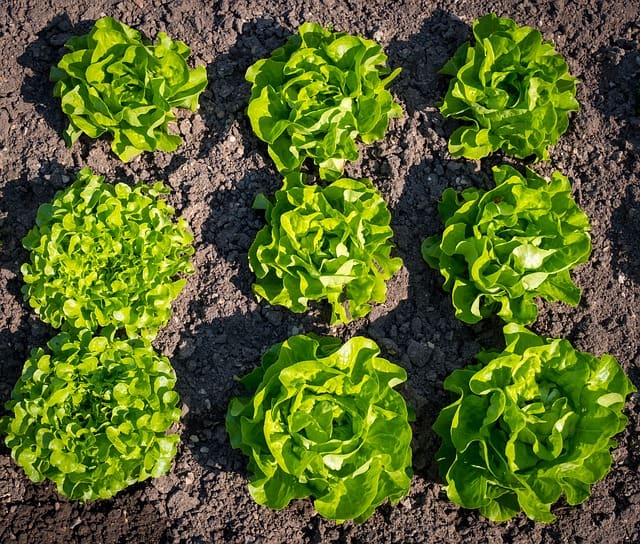
Lettuce is a cool-weather crop that thrives in the early spring. In North Carolina, you can start planting lettuce seeds indoors in February, but by March, it’s perfect to sow seeds directly into the garden. Lettuce prefers temperatures between 60°F and 70°F, making it suitable for early spring planting since it can tolerate light frosts. With a short growing period, you can expect to harvest within 30 to 60 days after planting.
Spinach
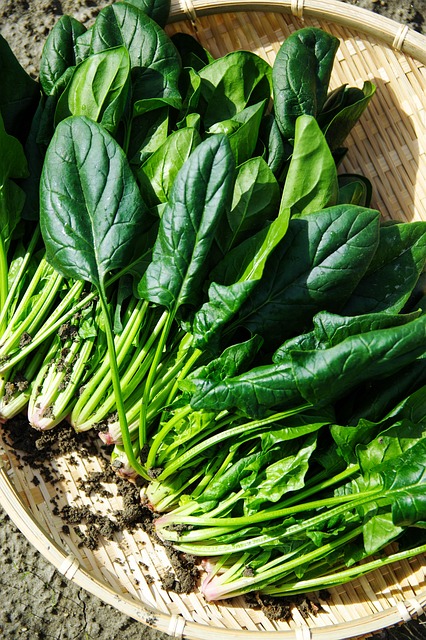
Spinach is another remarkable leafy green that flourishes in cooler temperatures. Plant spinach in March for a bountiful harvest. It germinates best at soil temperatures between 50°F and 70°F and can handle temperatures as low as 20°F in the early stages. Plant seeds directly in the garden for a continuous supply of fresh greens, perfect for salads and cooked dishes.
Peas
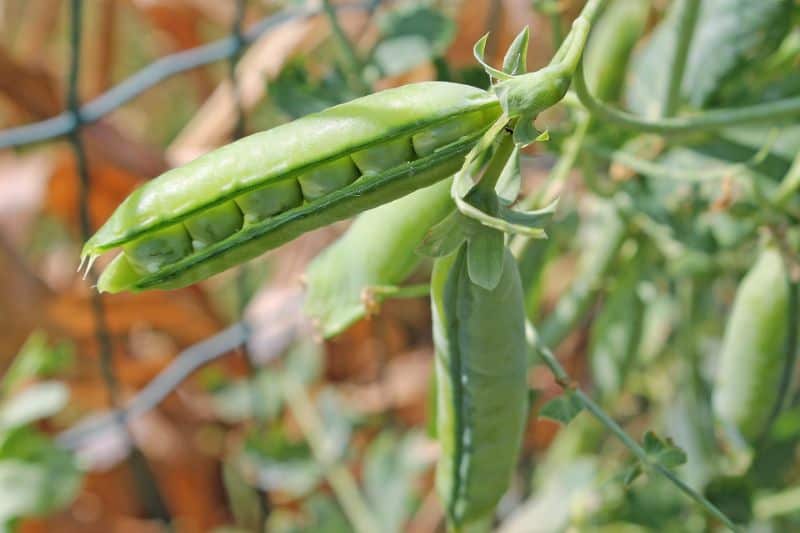
Ideal for early spring planting, peas thrive in cooler weather and should be sown as soon as the soil can be worked in March. They prefer temperatures ranging from 55°F to 70°F and can tolerate light frosts. Peas are nitrogen-fixing plants, improving soil health while providing a delicious crop that takes about 60 days to mature.
Carrots
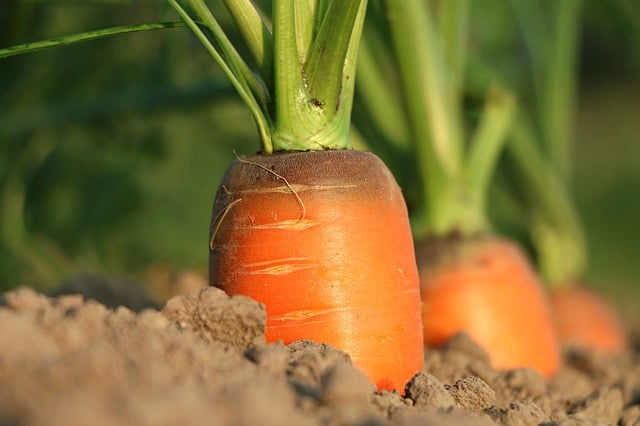
Carrots are a versatile root vegetable that can be directly sown in the soil starting in March. They prefer sandy, well-draining soil and germinate best at temperatures between 55°F and 75°F. While they can tolerate slight frost, it’s recommended to plant them as soon as the soil is workable to promote a robust growth cycle, with the harvest typically happening in 70 to 80 days.
Onions
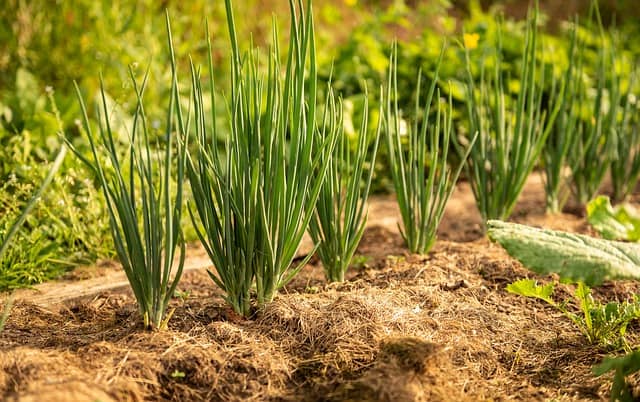
March is a great month to plant onion sets or seedlings in North Carolina. Onions thrive at temperatures between 50°F to 75°F. Bulbing onions prefer long-day conditions, common in the northern regions, but southern varieties do well in North Carolina. With proper care, you can expect to harvest onions in about 100 to 120 days.
Radishes
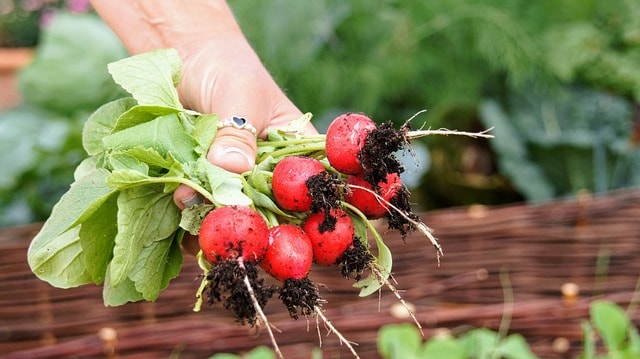
Radishes are fast-growing and can be sown directly into the garden in March. They thrive in cooler weather and mature quickly, often within 25 to 30 days. Radishes prefer temperatures between 50°F and 70°F, and they can withstand light frosts. This makes them a perfect choice for quick spring planting.
Collard Greens
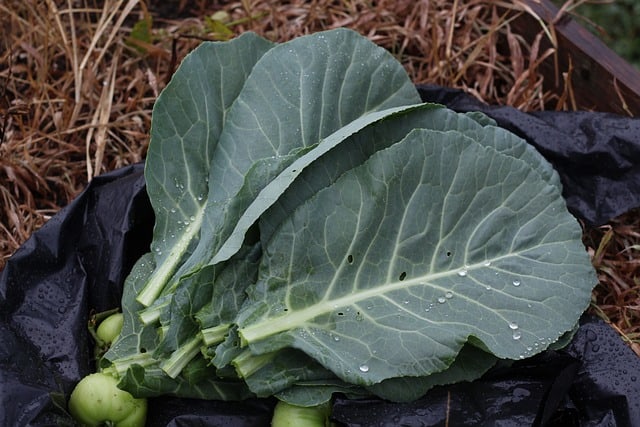
Collards are a hardy green that can be sowed directly into the ground in March. They prefer cooler temperatures and can withstand frost, flourishing best at temperatures between 45°F and 75°F. With a growth cycle of about 60 to 80 days, you can enjoy this nutrient-dense vegetable in various recipes.
Broccoli
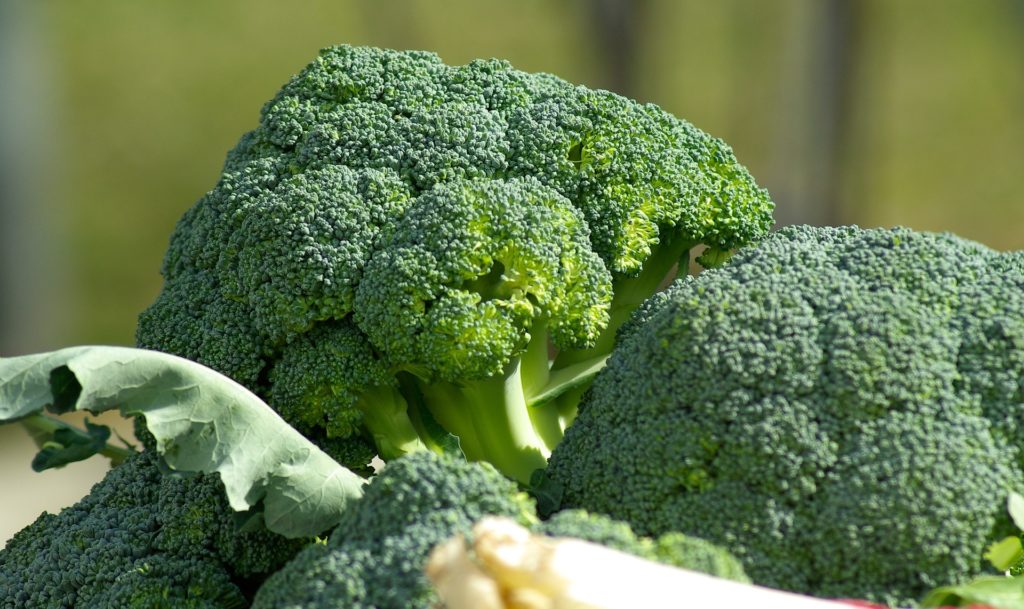
Broccoli is another cool-weather favorite that can be planted in March. If you start seeds indoors in late winter, you can transplant them into the garden as early as mid-March. Broccoli favors temperatures around 60°F to 70°F and can handle frost. With an average growth period of 60 to 90 days, it provides a healthy yield for those who give it proper care.
Beets
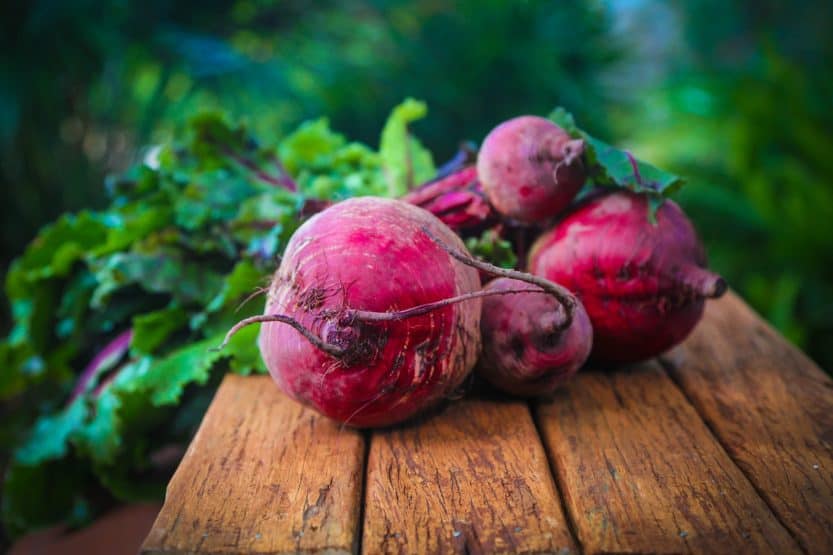
Beets can be directly sown into your North Carolina garden starting in March. They prefer cooler weather, making them ideal for early spring planting. Beets germinate best at temperatures between 50°F and 86°F, and while they can tolerate light frosts, they grow best in temperatures above 60°F. Harvest typically happens in 50 to 70 days.
Swiss Chard
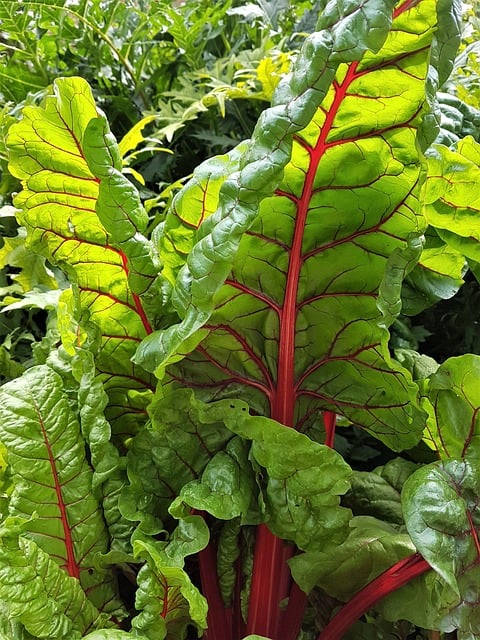
Swiss chard is a unique leafy green that thrives in cooler temperatures, making it suitable for March planting in North Carolina. The seeds can be sown directly into the garden soil, and chard is remarkably resilient, tolerating frost and growing best between 50°F and 75°F. With its stunning rainbow of colors and a growing cycle of 50 to 60 days, it is both beautiful and nutritious.
Flowers To Plant
Spring flowers invigorate any garden with color and beauty. March is an excellent time to start sowing various flowers in North Carolina, adding vitality and attracting pollinators. Here are ten flowers that thrive when planted in March:
Pansies
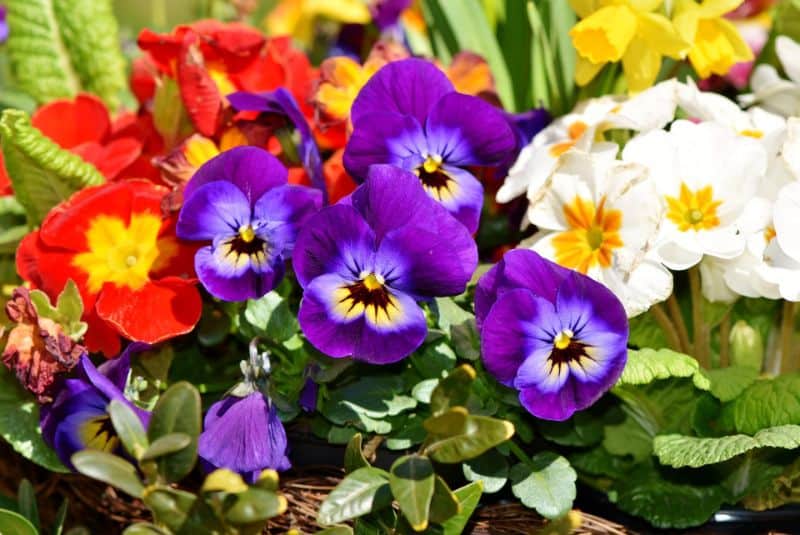
Pansies are a quintessential spring flower, and in North Carolina, they can be planted as early as late February through March. They thrive in cooler temperatures, up to 70°F, and can withstand light frosts. Their vibrant colors liven up any garden or container.
Snapdragons
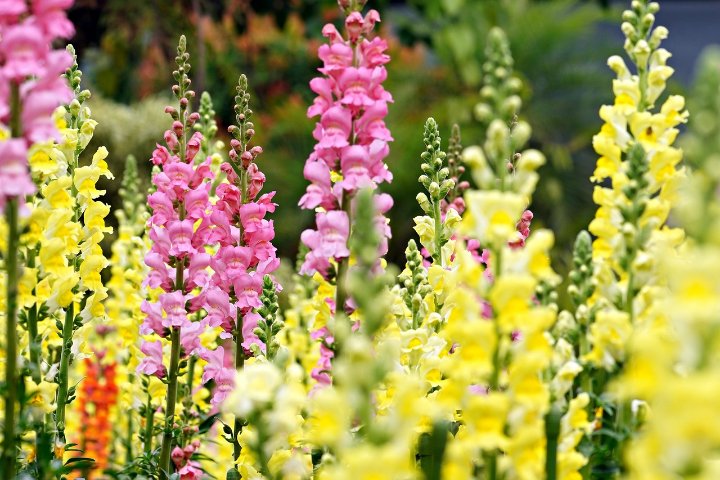
Snapdragons are delightful annual flowers that can be sown in early March. They prefer cooler weather and can tolerate light frost, making them perfect for the spring. Snapdragons thrive in temperatures ranging from 50°F to 70°F and can grow to add vertical interest in garden beds.
Marigolds
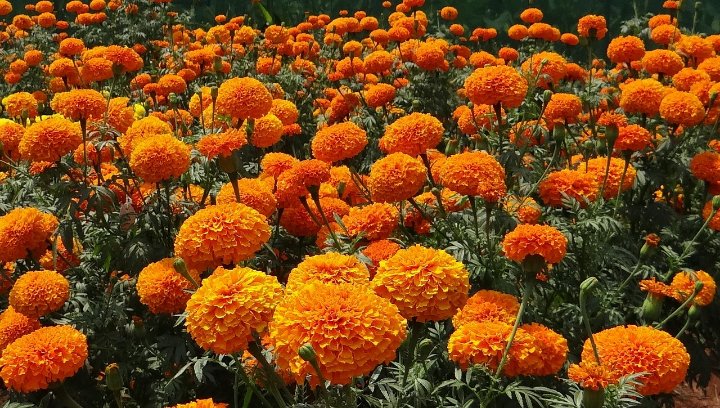
Marigolds are resilient annuals that can be sown in mid-March. They prefer temperatures above 60°F, making them suitable for late winter and early spring planting. Marigolds are known for their pest-repelling properties, which is why they’re often used in vegetable gardens as companion plants.
Petunias
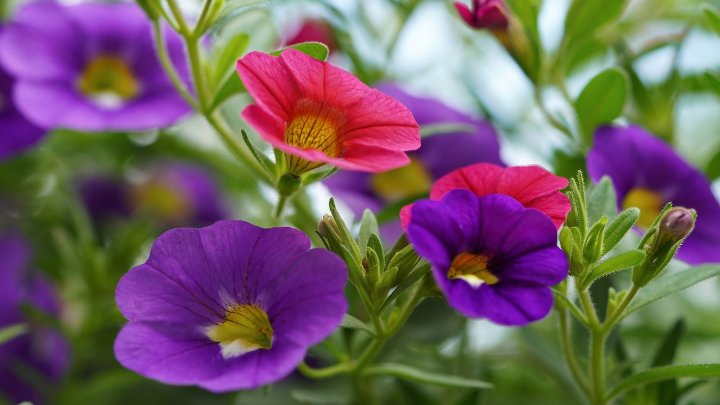
Petunias are another annual that can be planted in March, given that the dangers of frost have passed. They thrive in warmer soils, ideally above 60°F. With their wide range of colors and trailing habits, they are perfect for hanging baskets and containers.
Zinnias
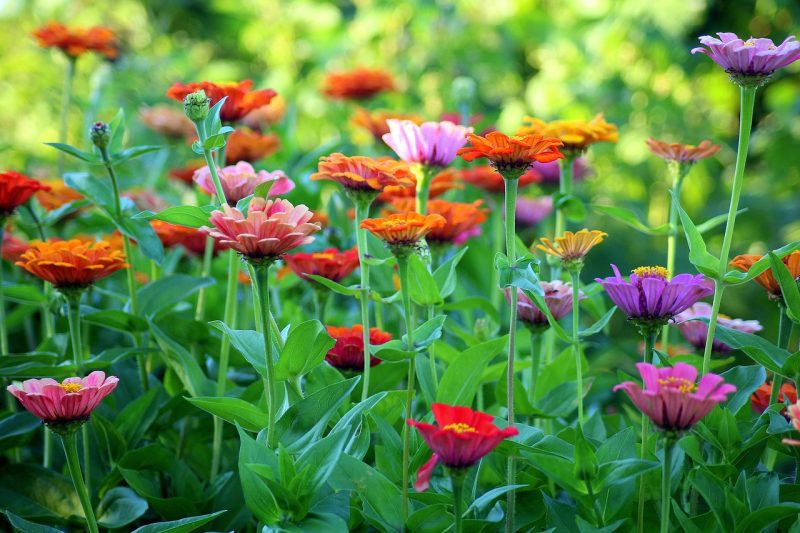
Zinnias are heat-loving annuals that can be sown in mid to late March as the soil warms. They prefer full sun and thrive in temperatures ranging from 70°F to 90°F. With a quick growth cycle and vibrant hues, zinnias are perfect for attracting pollinators.
Cosmos
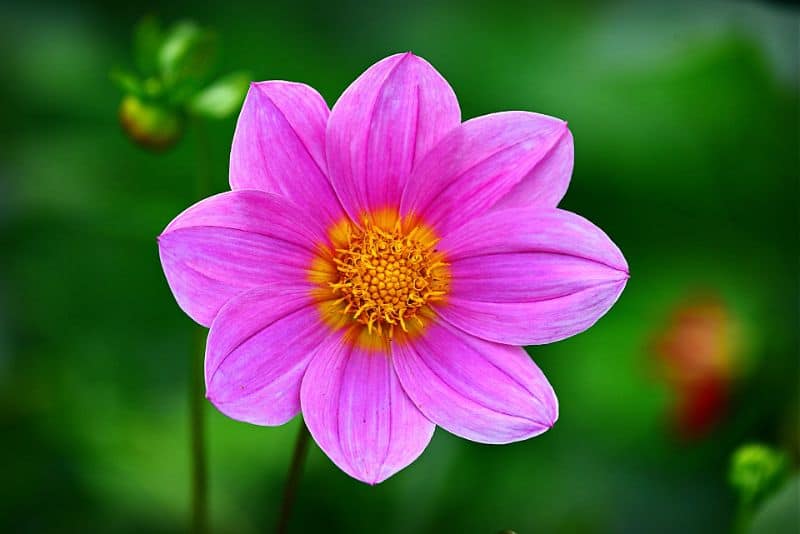
Cosmos are hardy annuals that can be seeded directly into the garden in late March. They prefer temperatures between 60°F and 75°F and will flourish in full sun with minimal care. Their delicate, feathery foliage and cheerful blooms provide a lovely display in the garden.
Sunflowers
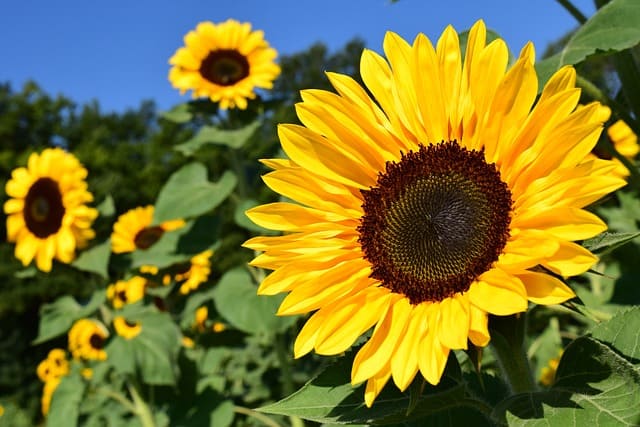
Sunflowers can be planted in late March as the soil begins to warm up. They thrive in full sun and can tolerate warmer temperatures, ranging from 70°F to 90°F. These giant blooms not only provide beauty but also attract bees and birds, making them fantastic for pollinator gardens.
Dianthus
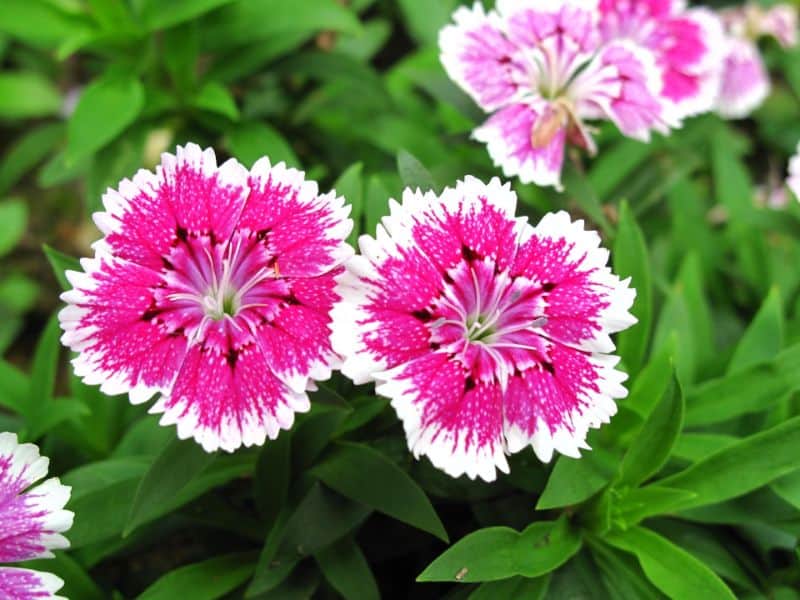
Dianthus, often called “pinks,” can be directly sown or transplanted in March. They prefer cooler weather, thriving best at temperatures between 60°F and 70°F. With lovely fringed blooms and a sweet fragrance, they make charming additions to borders and containers.
Sweet Peas
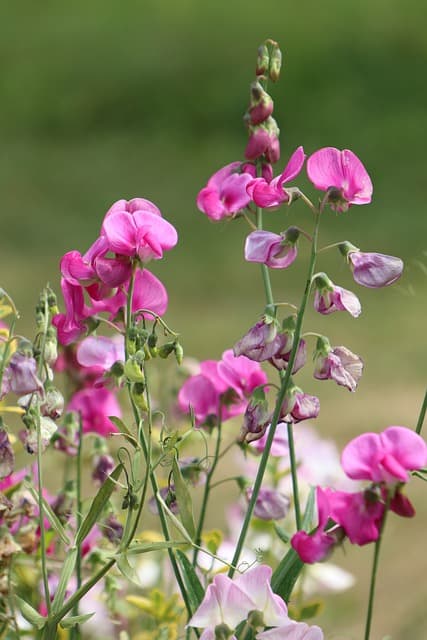
Sweet peas are delightful annual climbing flowers that can be sown directly into the soil in March. They thrive in cool temperatures (50°F to 70°F) and can endure frosts early in their growth cycle. These flowers are perfect for trellises or fences to create a whimsical display.
Lily of the Valley
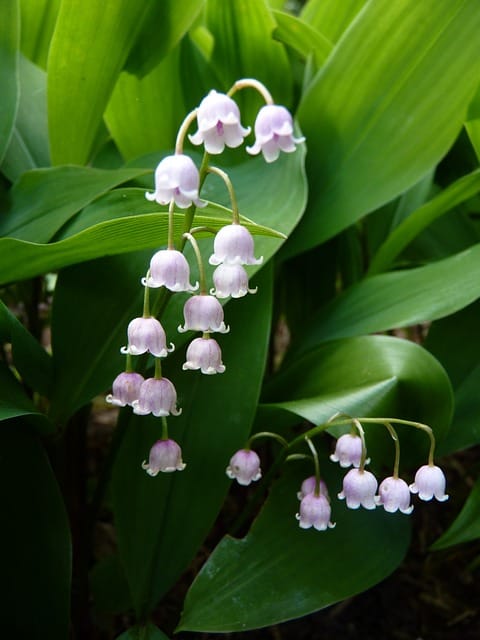
While lily of the valley bulbs can be planted in early spring, soil preparation begins as soon as it can be worked in March. Though they take time to establish themselves, prefer about 40°F to 65°F, and can thrive in partial to full shade, they reward gardeners with lush greenery and fragrant blooms in the late spring.
Herbs To Plant
Herbs enhance gardens and meals alike. In March, the mild weather in North Carolina provides an excellent opportunity to start cultivating herbs that thrive in the spring’s cool temperatures or warm up by late spring. Here are ten herbs to consider planting in March:
Basil
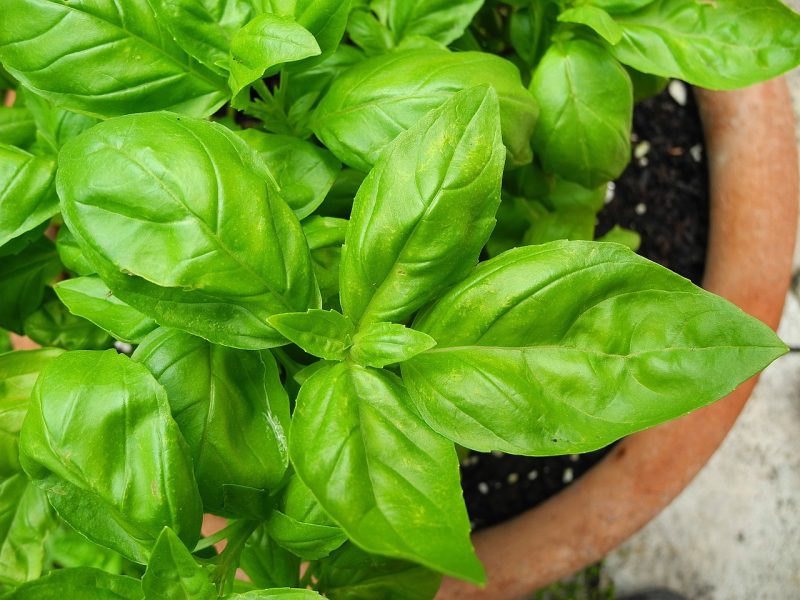
Basil is a popular culinary herb that thrives in warm weather, making late March an ideal time to sow seeds indoors. After the risk of frost has passed in April, transplant them outdoors. Basil loves full sun and grows best in temperatures above 70°F. With frequent harvests, you can enjoy fresh basil throughout the summer.
Cilantro
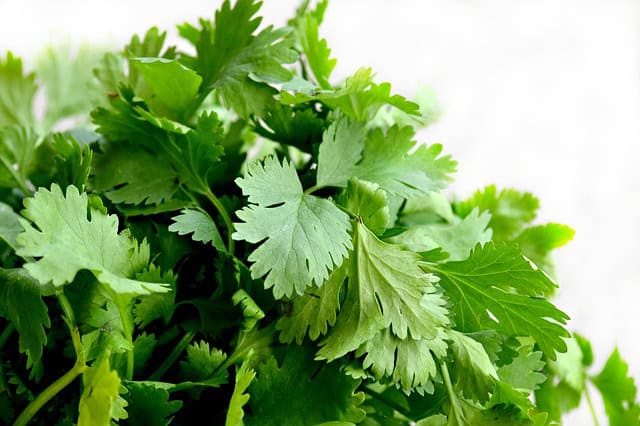
Cilantro is a cool-weather herb that can be directly sown into the garden in March. It thrives in temperatures between 50°F to 70°F, and since it bolts quickly when exposed to heat, it’s best to grow it as early as possible in spring. It takes about 2-3 weeks to germinate and can provide leaves in roughly 45 days.
Chives
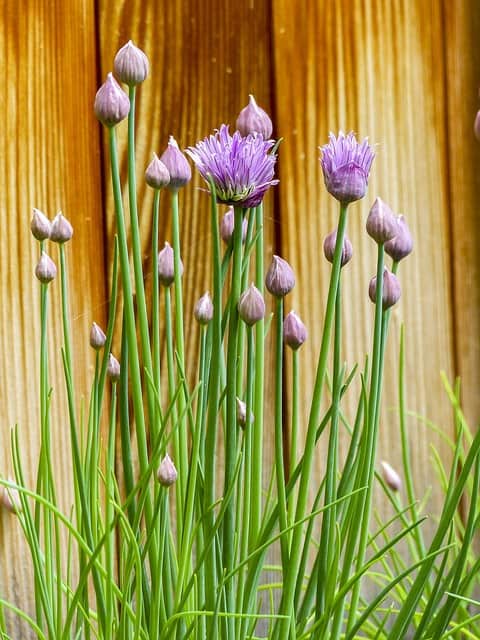
Chives are hardy perennial herbs that can be planted in early March. They can tolerate cold temperatures and are among the first herbs to emerge in spring. Chives thrive in sunny locations with well-drained soil, producing lush green foliage that is perfect for culinary uses throughout the growing season.
Parsley
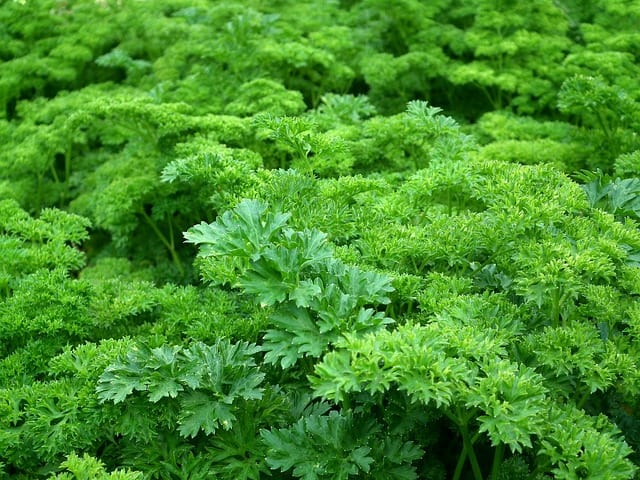
March is a great time to sow parsley, which grows well in cooler climates. It prefers temperatures between 50°F and 70°F and can take time to germinate, often 2 to 3 weeks. Once established, parsley can add flavor to countless dishes and thrives well into summer.
Dill
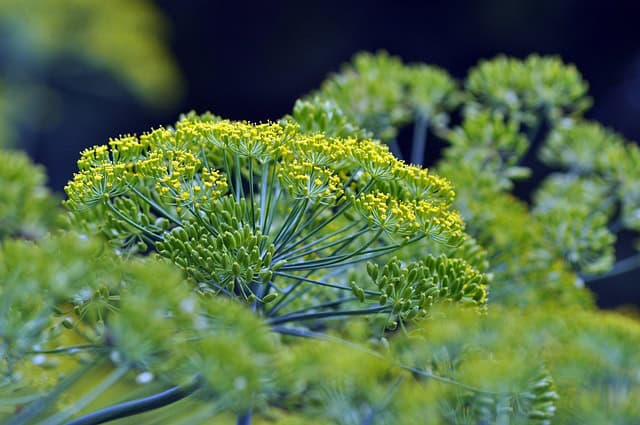
Dill is an aromatic herb that can be directly sown into the garden in mid-March. It prefers cooler temperatures between 60°F and 70°F. This herb grows rapidly, maturing in about 40 to 60 days. Dill not only enhances many culinary creations but also attracts beneficial insects to your garden.
Oregano
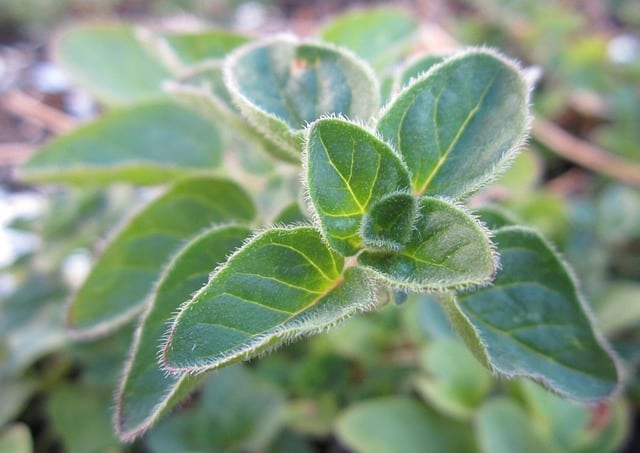
Oregano is a hardy perennial herb that can be planted in March in North Carolina. It grows best in full sun and prefers warmer temperatures around 60°F to 80°F. Oregano is drought-tolerant and can be harvested throughout the summer months, making it a great addition to culinary gardens.
Thyme
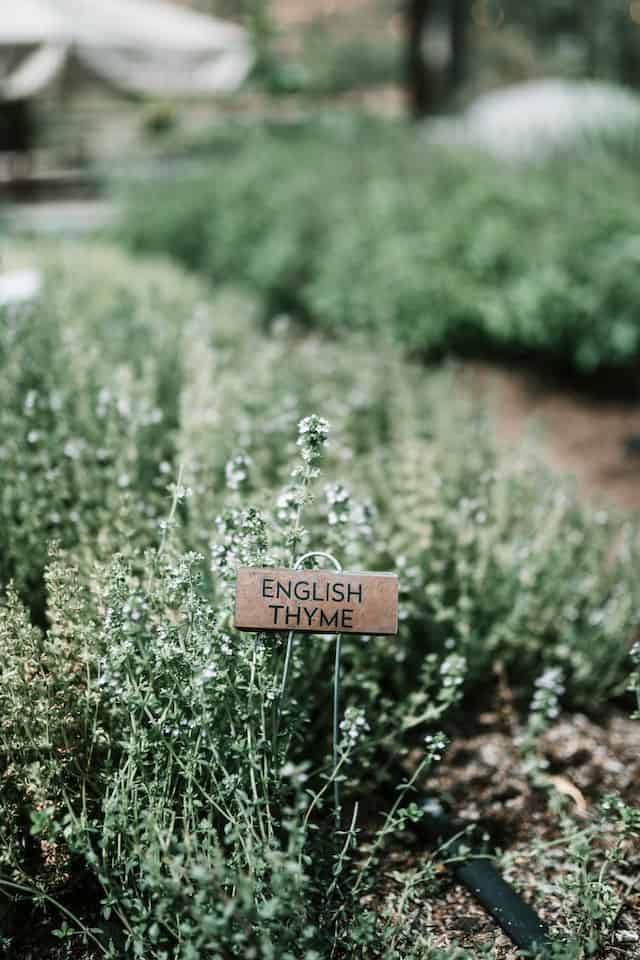
Thyme is a fragrant herb that can be planted in March. It tolerates a range of soil types but prefers well-drained soil and full sun. The plant thrives in temperatures from 60°F to 85°F. It can be harvested frequently, supporting culinary dishes with unique flavor notes all season long.
Sage
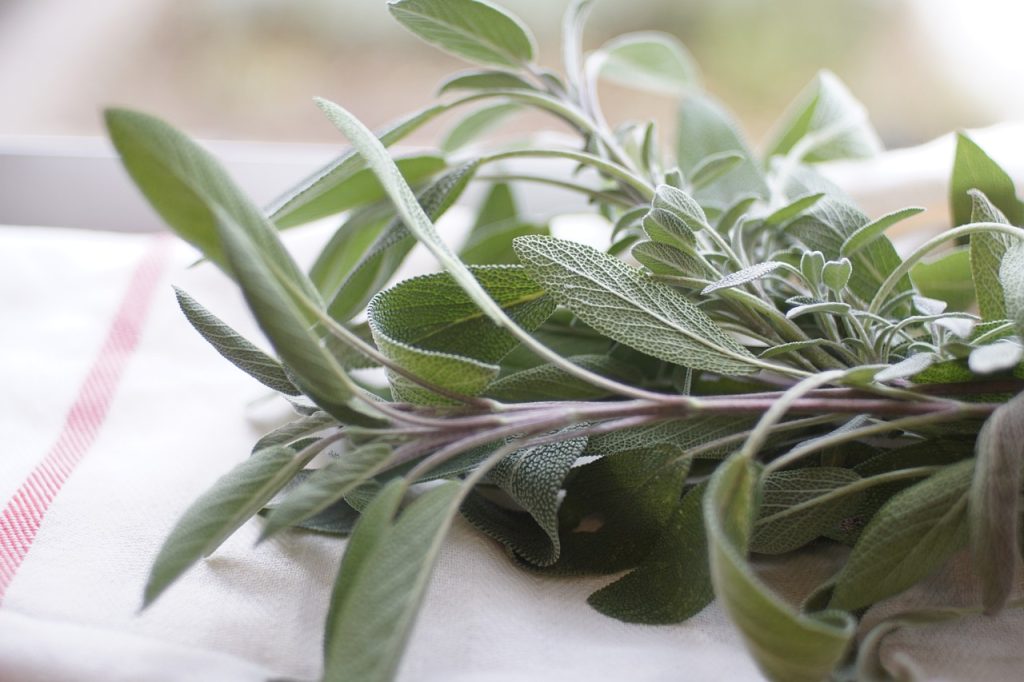
Sage is a perennial herb that does well when planted in late March. It thrives in warmer temperatures between 70°F and 80°F and prefers sunny spots in the garden. As a drought-tolerant plant, sage not only enhances the flavor of many dishes but also attracts beneficial bees to your garden.
Mint
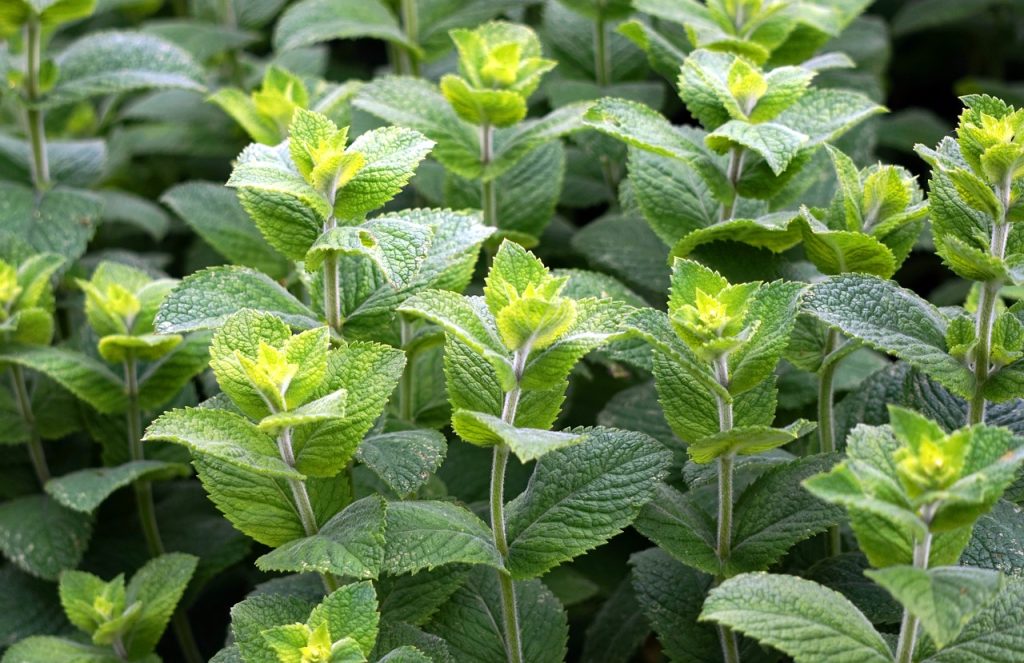
Mint is a vigorous perennial herb that can be planted in March. It prefers slightly cooler temperatures between 60°F and 70°F, and it is recommended to plant it in containers due to its invasive nature. Once established, mint can provide fresh leaves for tea, salads, and desserts throughout the spring and summer.
Rosemary
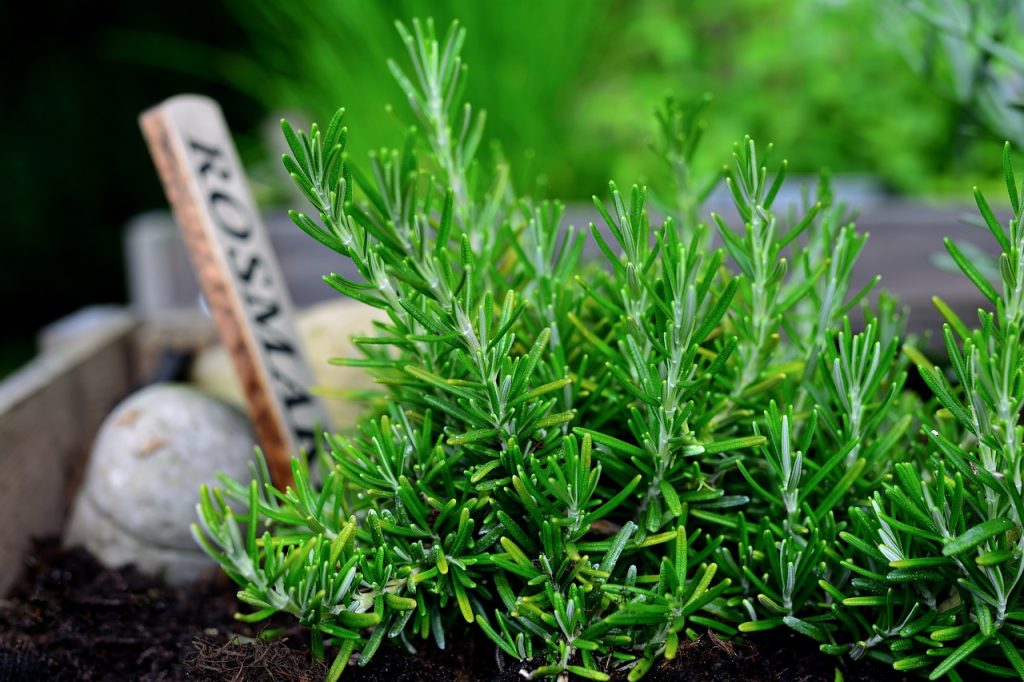
Although rosemary prefers warmer temperatures, you can start with cuttings or small plants in March. They grow best in full sun and well-drained soil and can tolerate temperatures above 70°F. Once established, this hardy perennial will thrive in your garden for years, offering aromatic leaves for cooking and garnish.
Landscape Plants To Plant In March
March is not only a time for vegetables, flowers, and herbs; it’s also an excellent opportunity to plant landscape plants that will bring structure and beauty to your yard. Here are ten landscape plants to consider during this month:
Azaleas
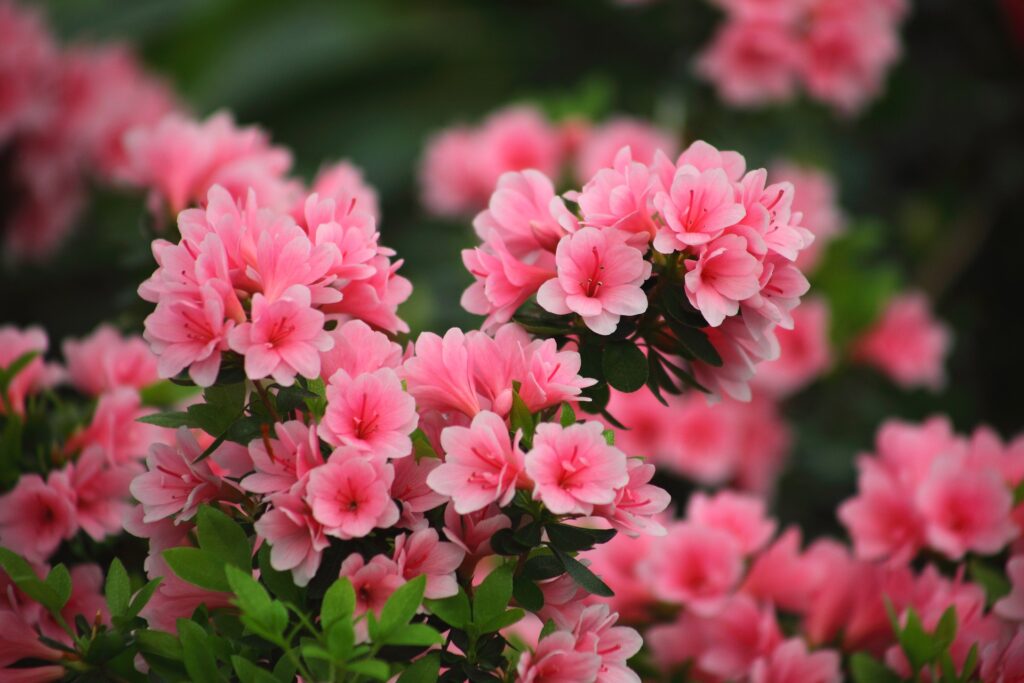
Azaleas are iconic in North Carolina gardens, and March is a prime time for planting. These flowering shrubs prefer part sun to full shade and thrive in acidic, well-drained soil. They flourish in temperatures from 60°F to 75°F and will reward you with beautiful blooms from early spring to late spring.
Dogwoods
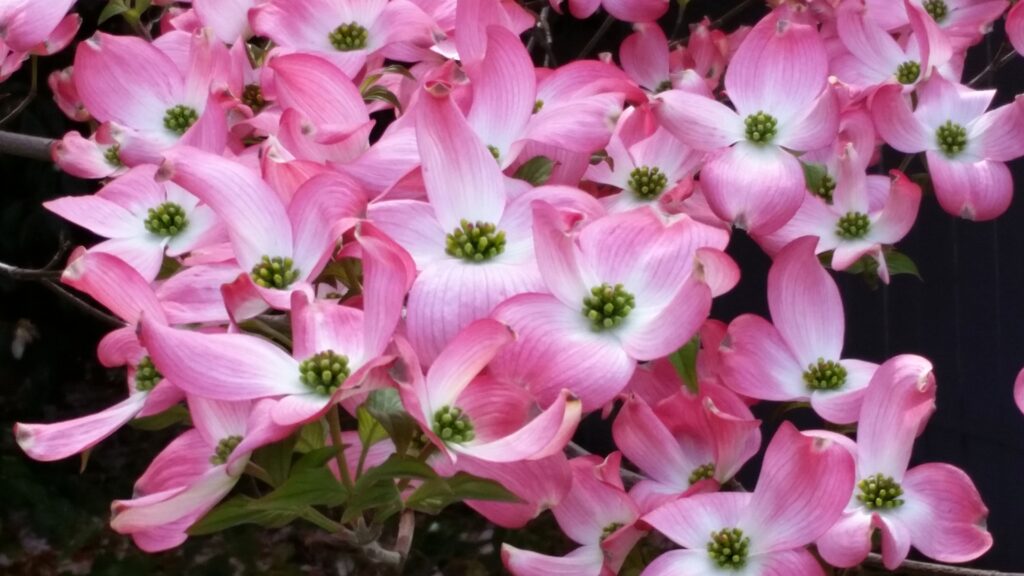
Dogwood trees are a staple in Southern gardens, celebrated for their stunning spring blooms. March is an ideal planting time for dogwoods, which thrive in temperatures above 50°F. These trees prefer full sun to part shade and well-drained soil. Once established, they can produce striking flowers and display a vibrant fall color.
Camellias
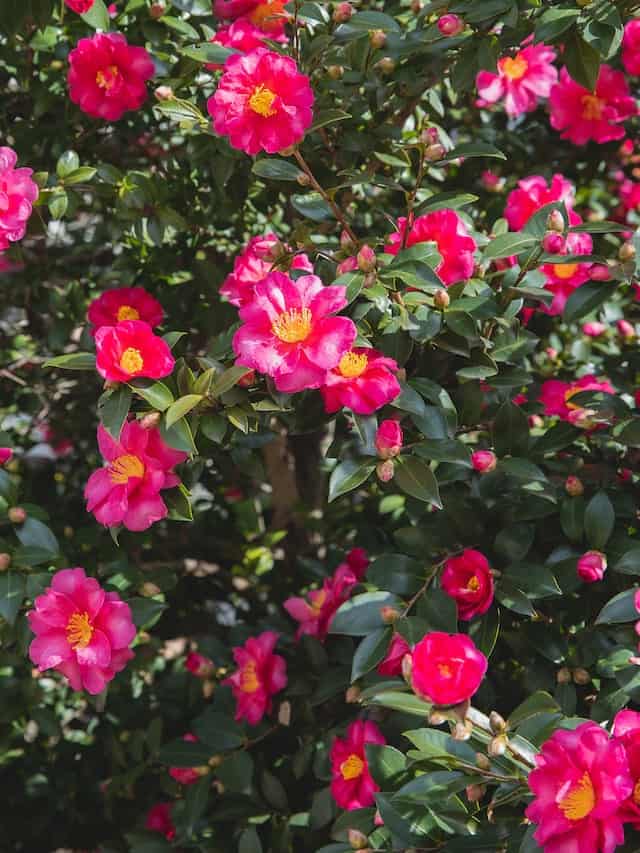
If you want an evergreen shrub that blooms in winter or early spring, camellias are your go-to choice. Plant them in March for fresh growth during warmer months. Camellias flourish in well-drained acidic soil and perform well in temperatures ranging from 40°F to 70°F. The glossy green leaves and stunning flowers are a delight for any landscape.
Hydrangeas
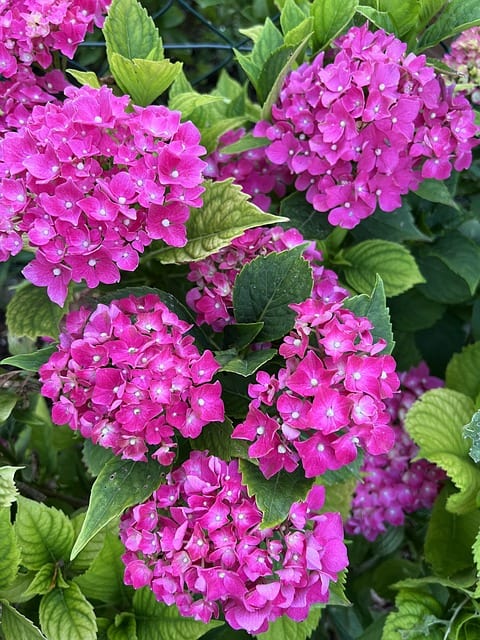
March is suitable for planting hydrangeas, particularly since they flourish in various soil conditions. They can be planted before or after the last frost and prefer temperatures above 60°F. With colors ranging from blue to pink, these flowering shrubs can bloom throughout the summer, making a striking addition to your garden.
Roses
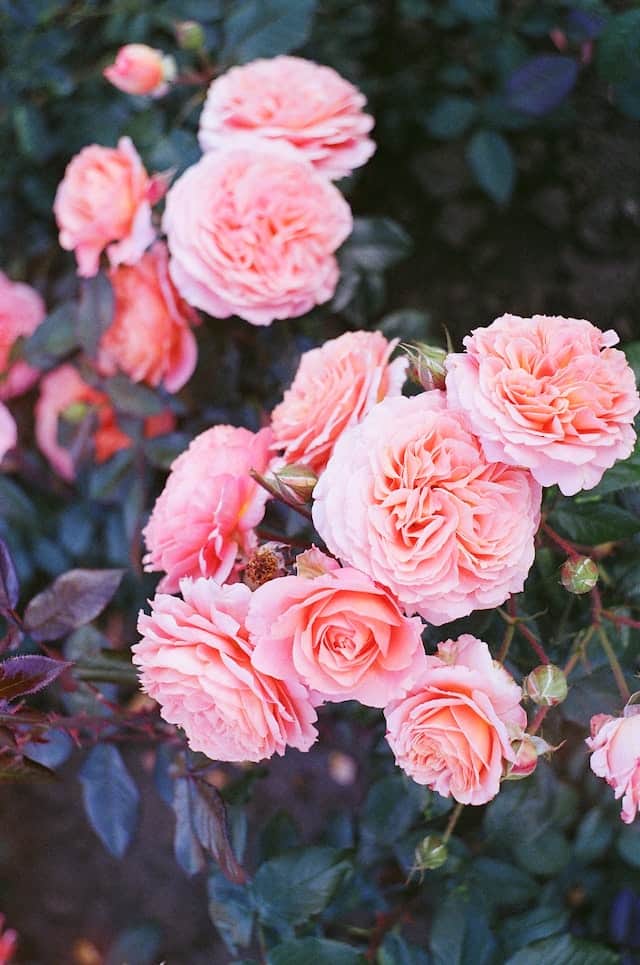
Roses can be planted in North Carolina gardens in March, making it a perfect time to establish these beloved flowers for the season ahead. They tolerate various temperatures but prefer warmer conditions above 60°F. With suitable care and attention, roses will reward you with vibrant blooms in various colors.
Crepe Myrtles
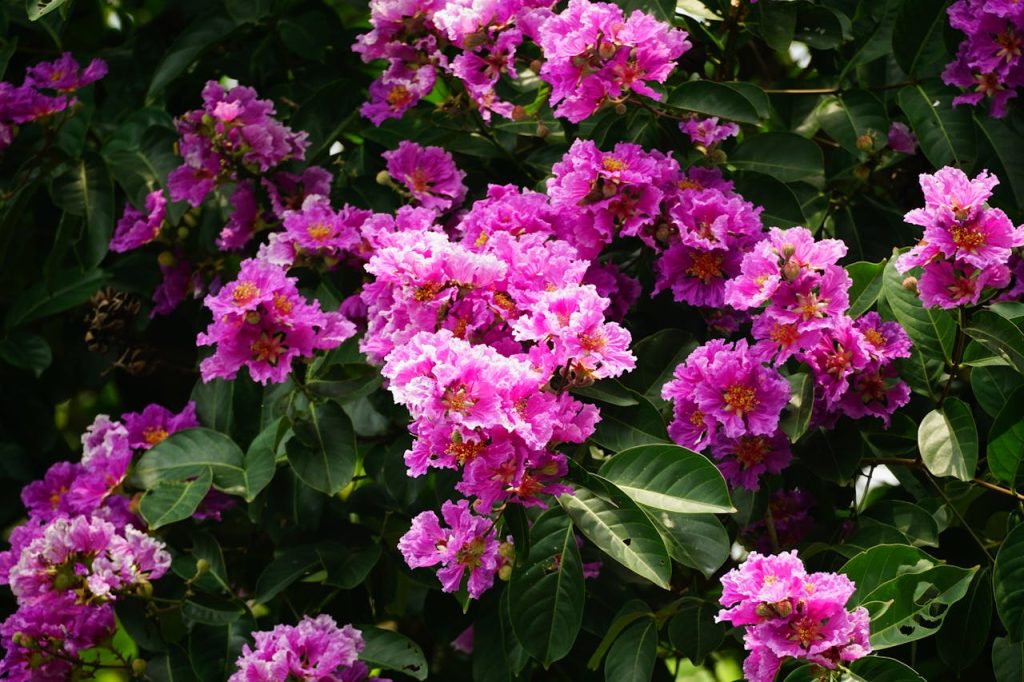
Crepe myrtles are popular landscape trees and shrubs that can enhance any garden. Plant them in March when soil temperatures warm up, as they thrive in conditions above 60°F. Not only are they tolerant of drought once established, but they also produce beautiful, showy flowers in the summer.
Crape Myrtle
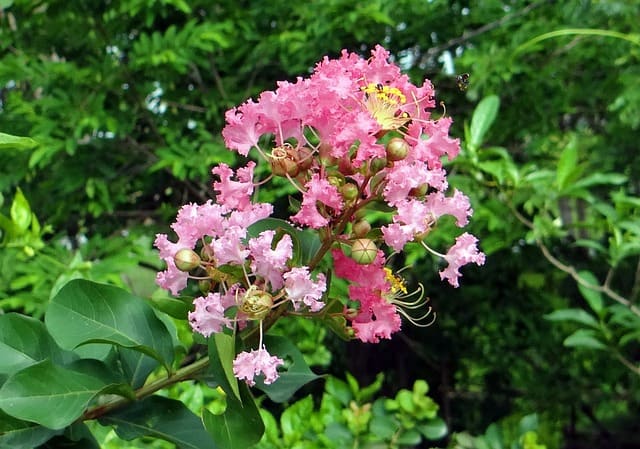
Crape myrtles thrive in warm temperatures and can be planted in March in North Carolina. They do well in full sun and adapt to various soil types, making them resilient in landscapes. In summer, these hardy shrubs produce an exceptional blend of colors, from white to red and purple blooms.
Eastern Redbud
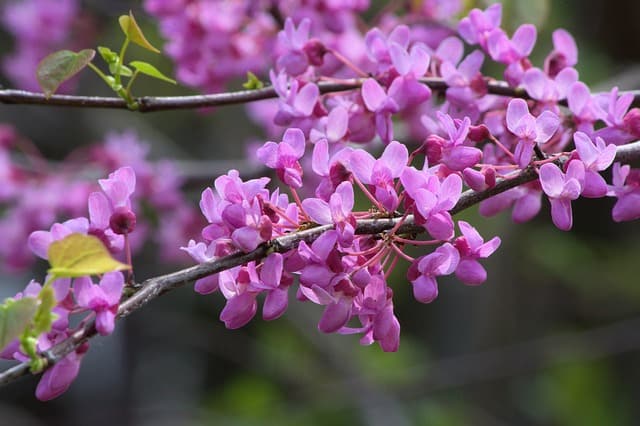
The Eastern redbud is a native tree that can be planted in March for a burst of early color in the garden. They tolerate various soils and prefer temperatures from 50°F to 70°F. With beautiful pink flowers that bloom before leaves emerge, they are a stunning addition to any landscape design.
Perennials
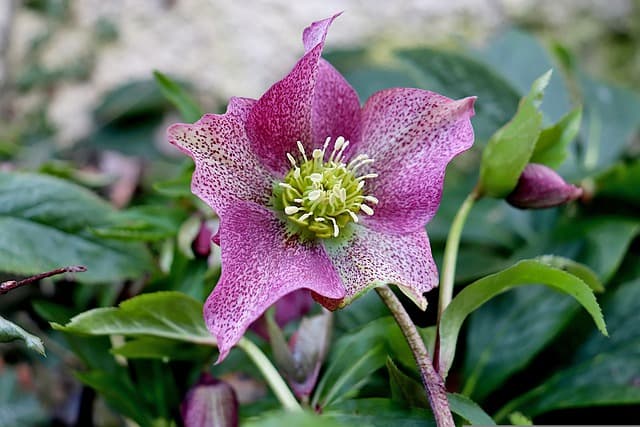
March is a great time to plant various perennial flowers like coneflowers or daylilies. These plants prefer well-drained soil and full sun. They adapt well to various moisture levels and provide lasting beauty with minimal maintenance once established. With blooming seasons that vary, they can provide color throughout the growing season.
Ornamental Grasses
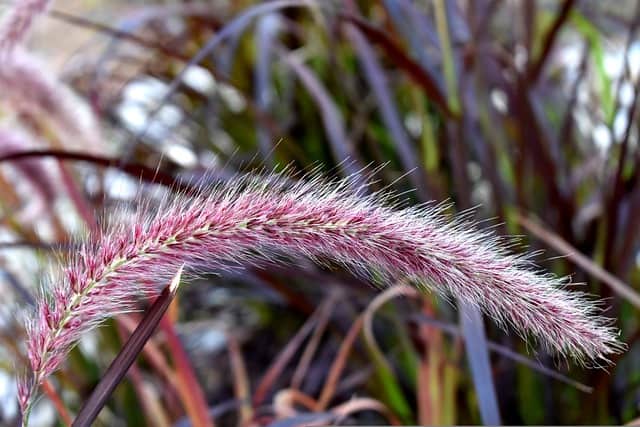
Planting ornamental grasses in March can add texture and movement to your garden. These hardy plants can thrive in North Carolina’s climate and prefer well-drained soil with full sun. They come in many varieties, providing aesthetic diversity and attracting wildlife to your backyard.
FAQ
What is the best time to plant vegetables in North Carolina?
The optimal planting time varies by vegetable, but generally, March is an excellent time to sow cool-season vegetables directly in the garden. For warm-season crops, you can begin them indoors in late March and transplant them after the last frost, typically in mid to late April.
Can I plant tomatoes in March in North Carolina?
Tomatoes are sensitive to frost; therefore, it is recommended to start them indoors in March and transplant them outside after all frost risks have passed, usually in early to mid-April.
How do I prepare my soil for planting?
Preparing your soil involves tilling to ensure proper aeration, adding organic matter such as compost to improve soil structure and fertility, and checking for pH levels suitable for your desired plants.
What flowers can I plant in March to attract pollinators?
Various flowers like pansies, snapdragons, and cosmos can be planted in March to attract pollinators. These flowers provide essential nectar and habitats for bees, butterflies, and other beneficial insects.
Are there any vegetables I should avoid planting in March?
Warm-season crops like corn and beans should not be planted in March, as soil temperatures are likely still too low, and frost can damage emerging seedlings.
March presents an incredible opportunity for gardeners in North Carolina to engage with their surroundings, bringing life and color back into the landscape after winter’s chill. By selecting the right plants for your garden, you’ll set the stage for a vibrant growing season ahead!


